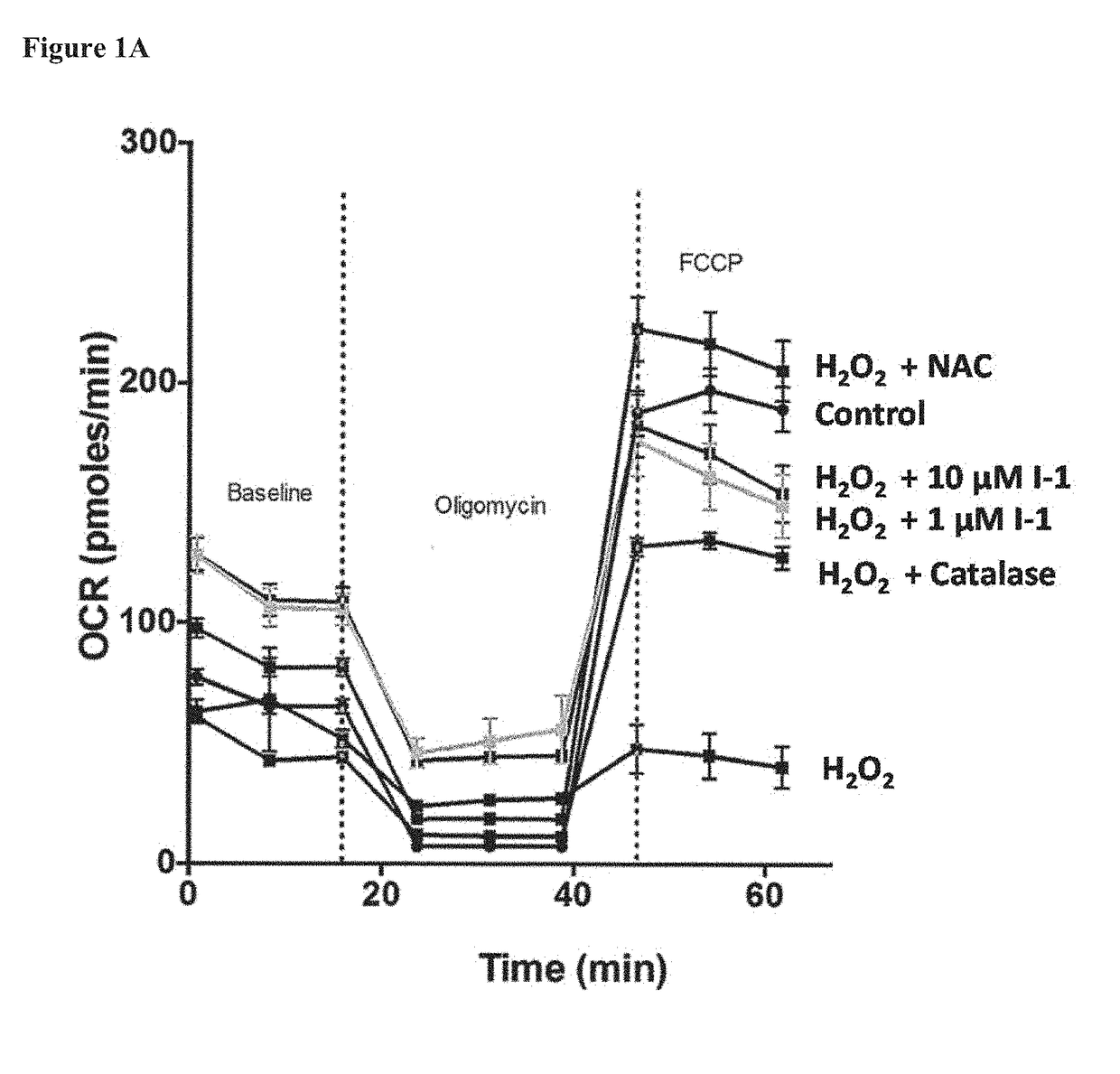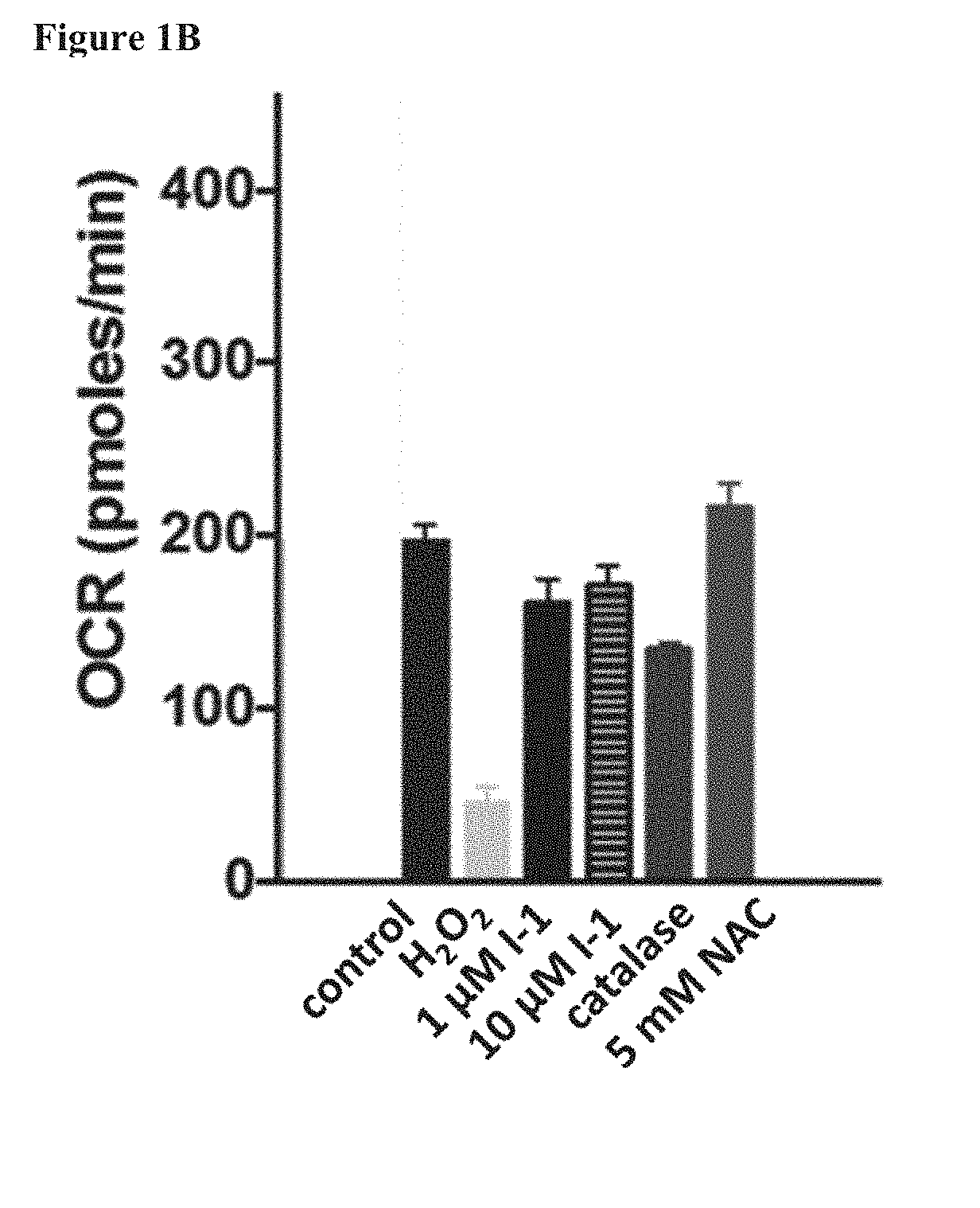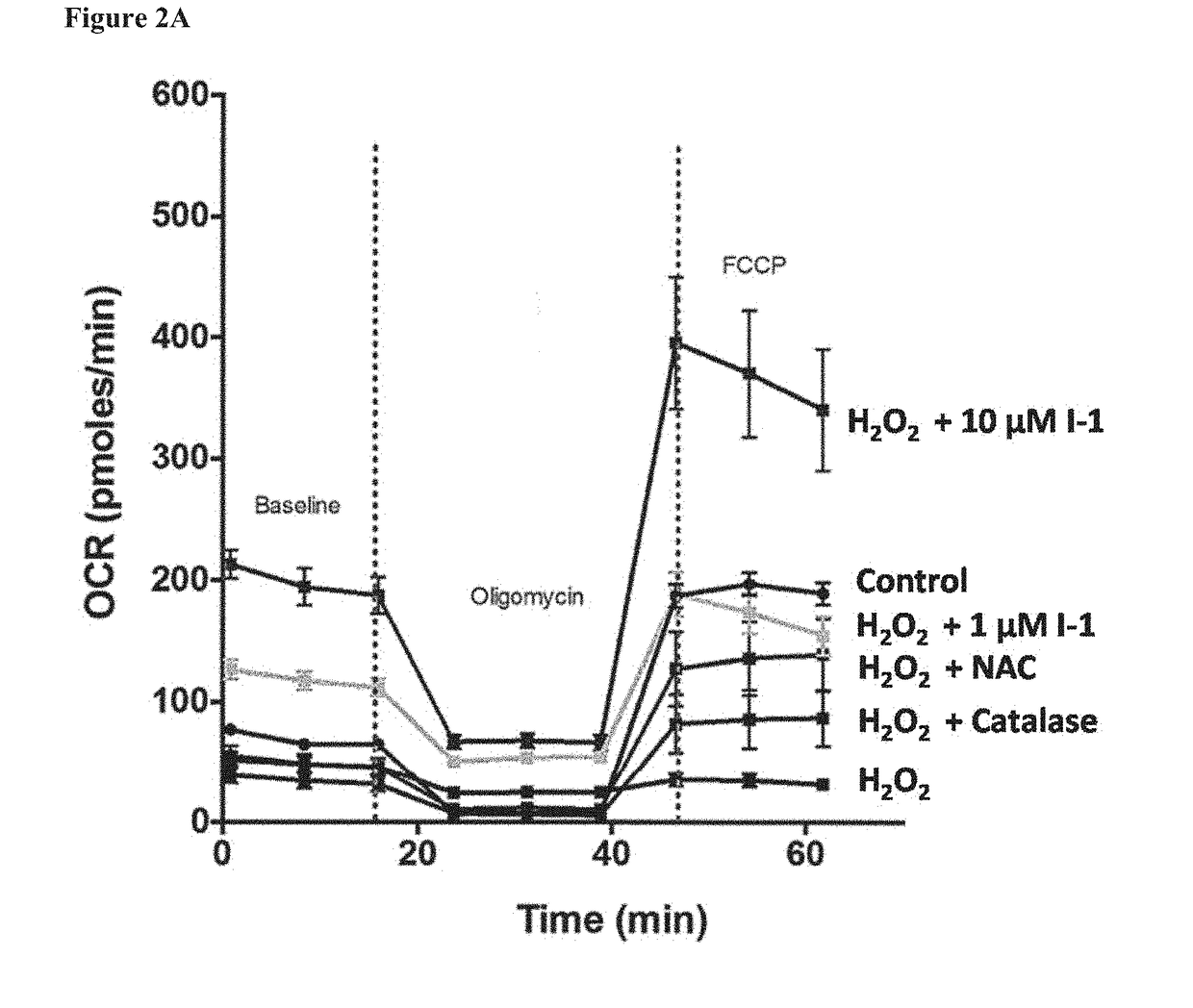Fatty Acid Cysteine-Based Conjugates and Their Use in Treating Medical Disorders
- Summary
- Abstract
- Description
- Claims
- Application Information
AI Technical Summary
Benefits of technology
Problems solved by technology
Method used
Image
Examples
example 1
Preparation of N-(2-(((R)-3-amino-2-((4Z,7Z,10Z,13Z,16Z,19Z)-docosa-4,7,10,13,16,19-hexaenamido)-3-oxopropyl)disulfanyl)-2-methylpropyl)nicotinamide (I-1)
[0280]
[0281]In a typical run, N,N′-Di-Boc-L-cystine (5.0 g, 11 mmol) was suspended in DMF (40 mL) and ammonium chloride (590 mg, 11 mmol) was added, followed by HATU (5.0 g, 13 mmol). DIEA was then added to adjust the pH to about 8. The resulting reaction mixture was stirred at room temperature for 16 hours. It was then diluted with H2O (400 mL) and the precipitated solids were collected after filtration. The solids were washed with EtOAc (100 mL×2) and dried under reduced pressure to afford tert-butyl-(2R,2′R)-3,3′-disulfanediylbis(1-amino-1-oxopropane-3,2-diyl)dicarbamate (3.3 g, 70% yield). This disulfide intermediate (2.0 g, 4.6 mmol) was then taken up in CH2Cl2 (10 mL) and TFA (4 mL) was added. The resulting reaction mixture was stirred at room temperature for 4 hours and then concentrated under reduced pressure to afford (2R,...
example 2
Preparation of 4-((2-(((R)-3-amino-2-((4Z,7Z,10Z,13Z,16Z,19Z)-docosa-4,7,10,13,16,19-hexaenamido)-3-oxopropyl)disulfanyl)-2-methylpropyl)amino)-2-hydroxy-N,N,N-trimethyl-4-oxobutan-1-aminium (I-5)
[0284]
[0285]The same experimental procedure outlined in example 1 was used to prepare the key intermediate (4Z,7Z,10Z,13Z,16Z,19Z)—N—((R)-1-amino-3-((1-amino-2-methylpropan-2-yl)disulfanyl)-1-oxopropan-2-yl)docosa-4,7,10,13,16,19-hexaenamide. For the final amide coupling step, L-carnitine was used instead of nicotinic acid. MS, calculated for C36H61N4O4S2: 677.41; found 678 [M+H]+.
example 3
Preparation of N-((4Z,7Z,10Z,13Z,16Z,19Z)-docosa-4,7,10,13,16,19-hexaenoyl)-S-((2-methyl-1-(nicotinamido)propan-2-yl)thio)-L-cysteine (I-3)
[0286]
[0287]In a typical run, (R)-2-amino-3-mercapto-3-methylbutanoic acid (0.454 g, 3.05 mmol, 1 eq) and 4-phenylbutyric acid (0.5 g, 3.05 mmol, 1 eq) were taken up in DMF (10 mL). HATU (1.51 g, 3.96 mmol, 1.3 eq) and Et3N (0.924 g, 9.15 mmol, 3 eq) were then added. The resulting reaction mixture was stirred at room temperature for 16 h under an inert atmosphere of nitrogen. The reaction mixture was extracted with EtOAc. The combined organic layers were washed with water and brine, dried over anhydrous Na2SO4 and concentrated under reduced pressure. The resulting residue was purified by preparative HPLC to afford (R)-3-mercapto-3-methyl-2-(4-phenylbutanamido)butanoic acid (0.35 g, 39% yield) as a yellow oil. This material (0.35 g, 1.19 mmol, 1 eq) was taken up in DMF (5 mL) and 2,2-dimethyl-1,3-dioxan-5-amine (0.17 g, 1.3 mmol, 1.1 eq) was added...
PUM
| Property | Measurement | Unit |
|---|---|---|
| Electrical conductance | aaaaa | aaaaa |
Abstract
Description
Claims
Application Information
 Login to View More
Login to View More - R&D Engineer
- R&D Manager
- IP Professional
- Industry Leading Data Capabilities
- Powerful AI technology
- Patent DNA Extraction
Browse by: Latest US Patents, China's latest patents, Technical Efficacy Thesaurus, Application Domain, Technology Topic, Popular Technical Reports.
© 2024 PatSnap. All rights reserved.Legal|Privacy policy|Modern Slavery Act Transparency Statement|Sitemap|About US| Contact US: help@patsnap.com










